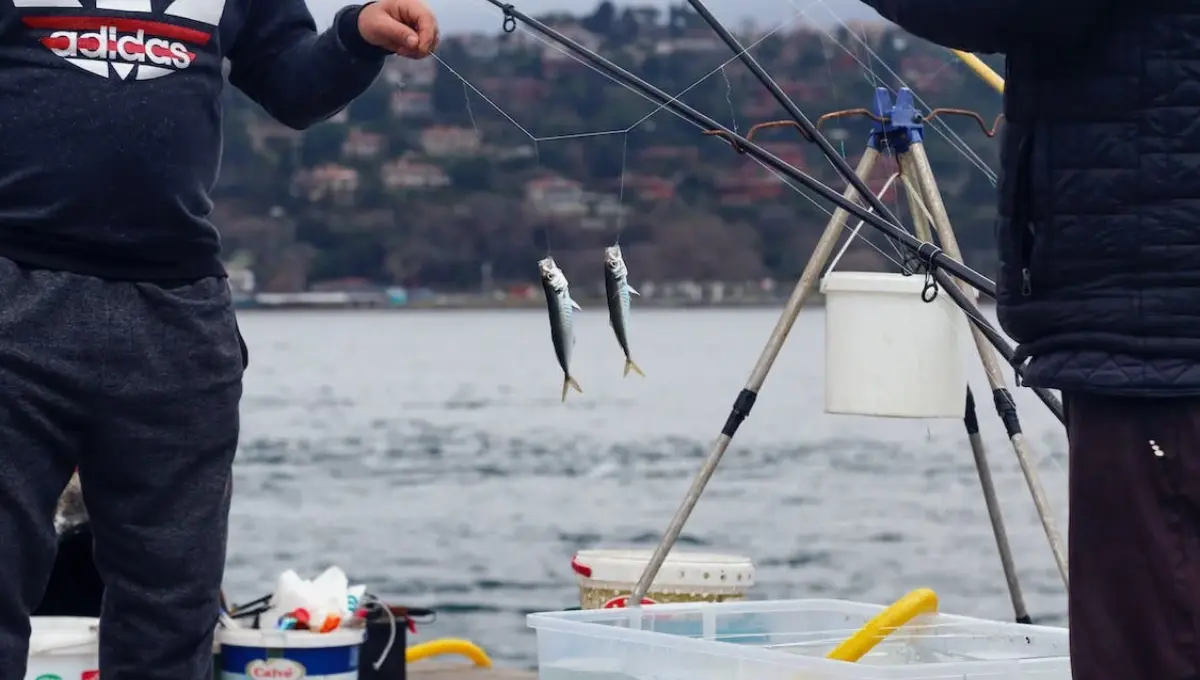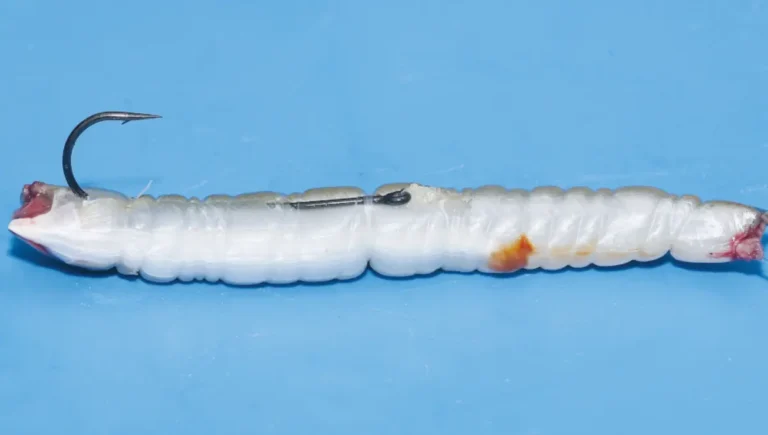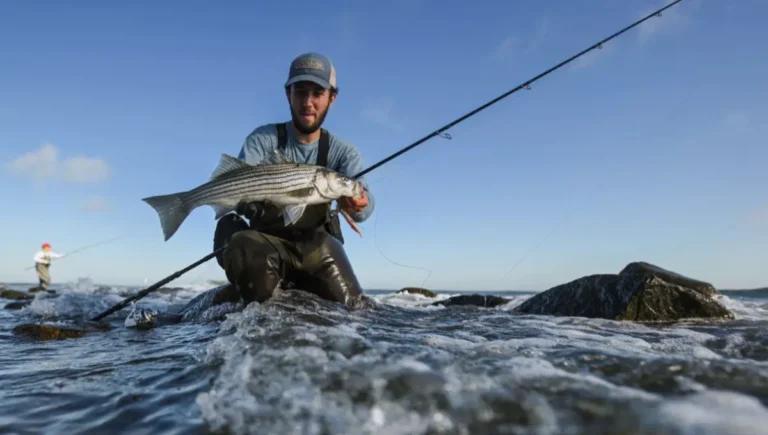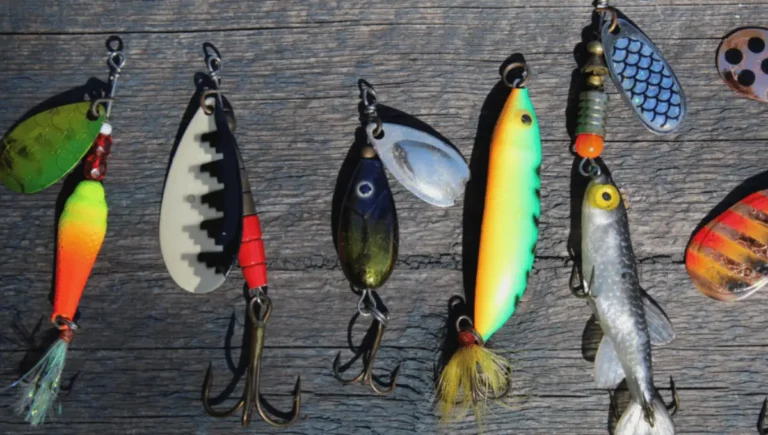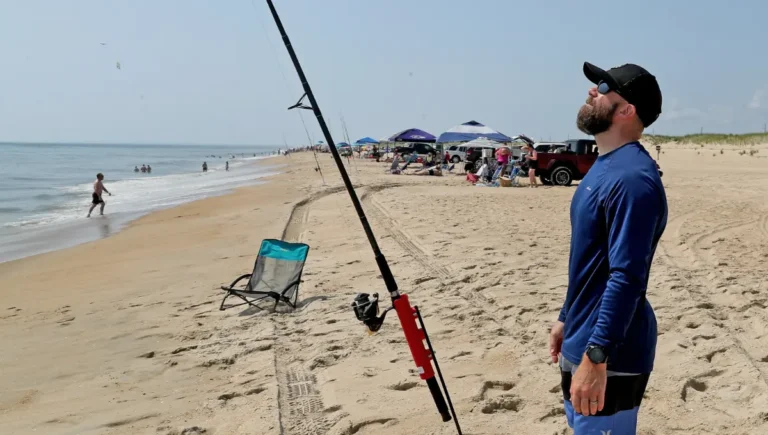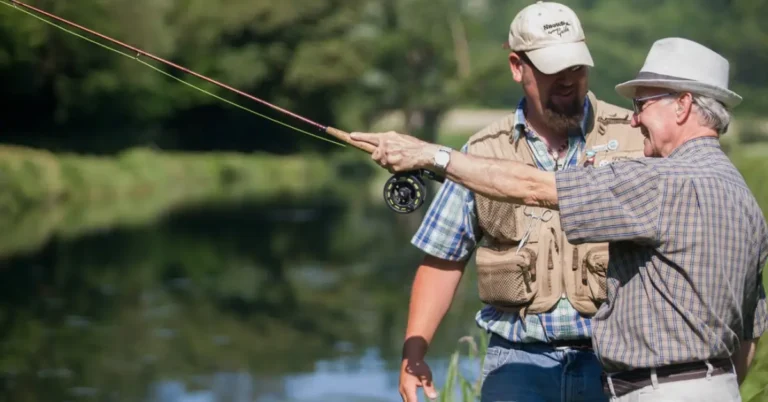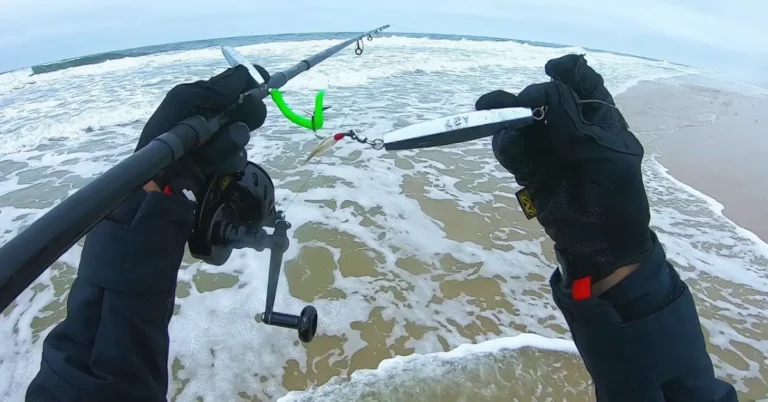7 Best Types of Knots for Fishing Every Angler Must Know
Whether you’re a beginning angler or a seasoned pro, there are a few essential knots that every fisherman should have in their arsenal. Proper knot tying is an important fishing skill that allows you to securely connect lines, hooks, swivels, and other tackles.
However, with so many knots to choose from, it can be hard to know which are truly the best to use. This guide will outline 7 of the most versatile and useful fishing knots that every angler needs to have in their toolbox.
From joining lines together to tying lures and baits, these knots can handle a wide range of tasks and will help ensure that no fish gets away. Let’s explore the top knots that every fisher should learn…
Also Read: How to Make Fishing Lures
Improved Clinch Knot
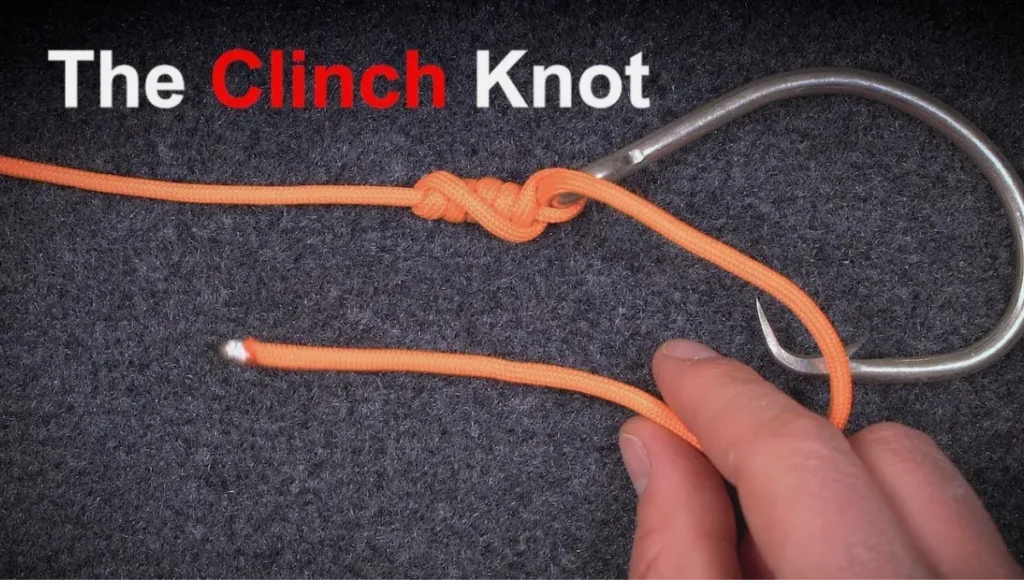
This particular knot is my top choice because it not only boasts simplicity in tying but also proves to be highly practical and remarkably sturdy. This feature makes it an ideal option, especially for those who are new to fishing or engage in it as a casual hobby.
This is one of the strongest and most common fishing knots. It is simple to tie and works well for joining line to line or line to lure/hook. It forms a small but secure loop that will not come loose.
Snell Knot
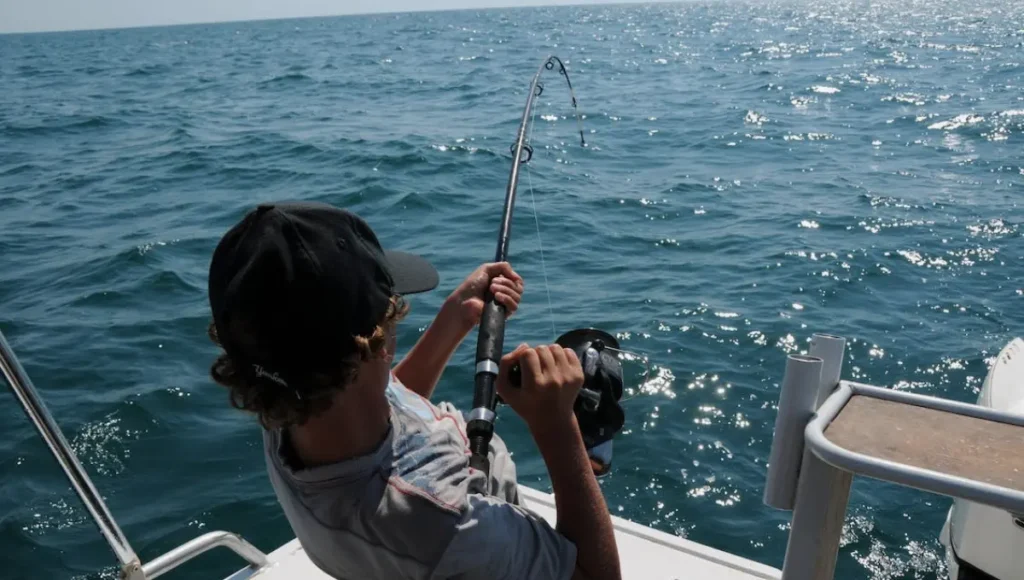
Moving on, the Snell Knot is another simple one to pick up. It’s especially great for flipping and pitching techniques. Plus, it lets hooks snag more inside the fish’s lips compared to regular knots.
Just a heads up, though – avoid using the Snell knot for fish with sharp teeth. Because the line wraps around the hook shank, their teeth can easily graze it and cut through, causing you to lose your catch.
Palomar Knot
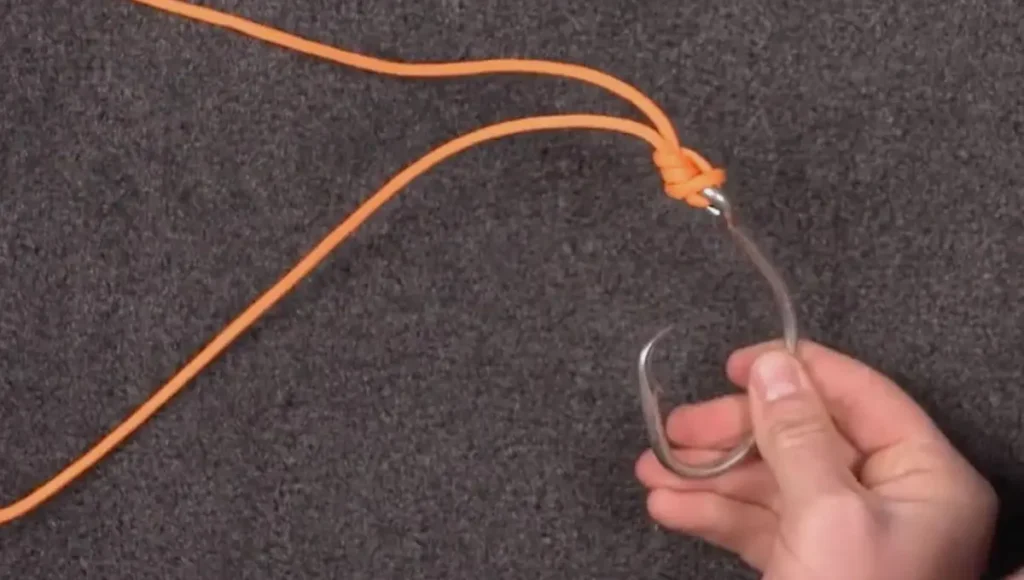
Palomar Knot – Versatile knot that can be used to tie lines together or attach lines to lures/hooks. It forms a simple overhand loop and is tidy, strong, and easy to untie if needed. As such, it’s often used for big game fish.
Trilene Knot
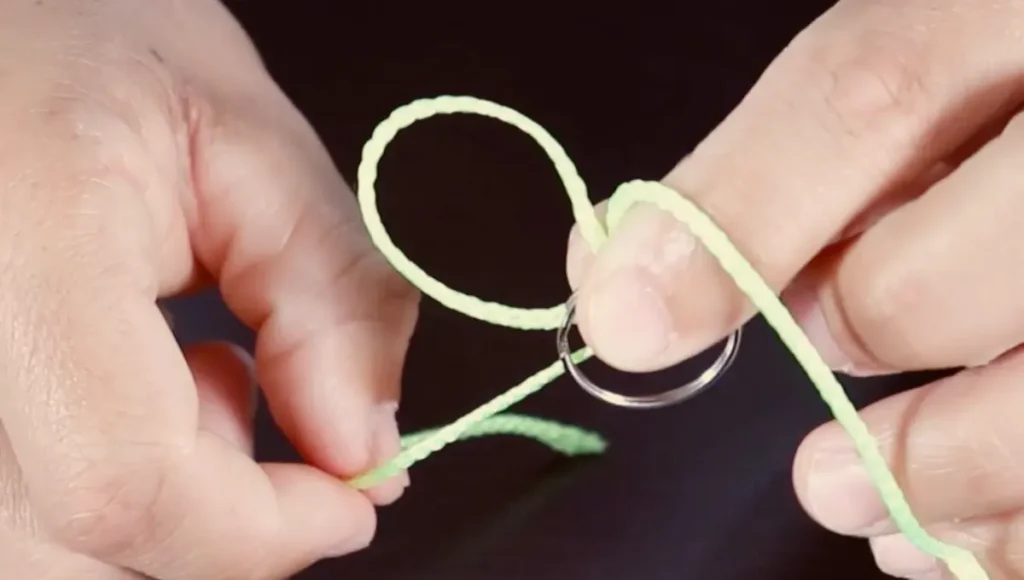
Trilene Knot – Ties two fishing lines of different diameters together smoothly. The smaller line passes through the larger line multiple times to evenly distribute pressure across the join and prevent breakage. Good for braided to monofilament line connections.
Surgeon’s Knot
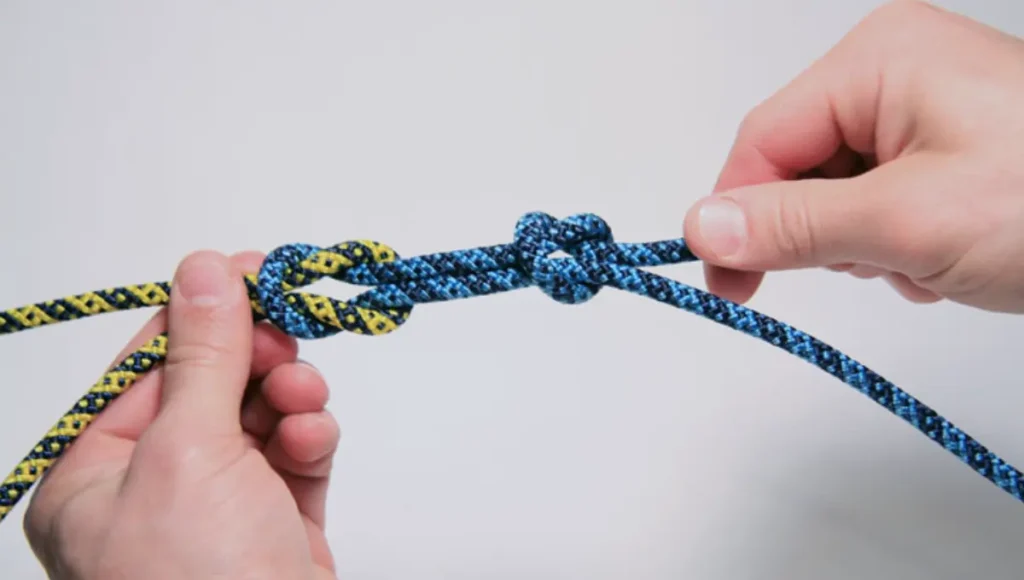
Surgeon’s Knot – A stronger version of the ordinary overhand knot. Used when an extra-secure knot is needed, such as for leaders or tying on heavy lures. It forms a flat, neat knot that slips less than a basic overhand.
Blood Knot
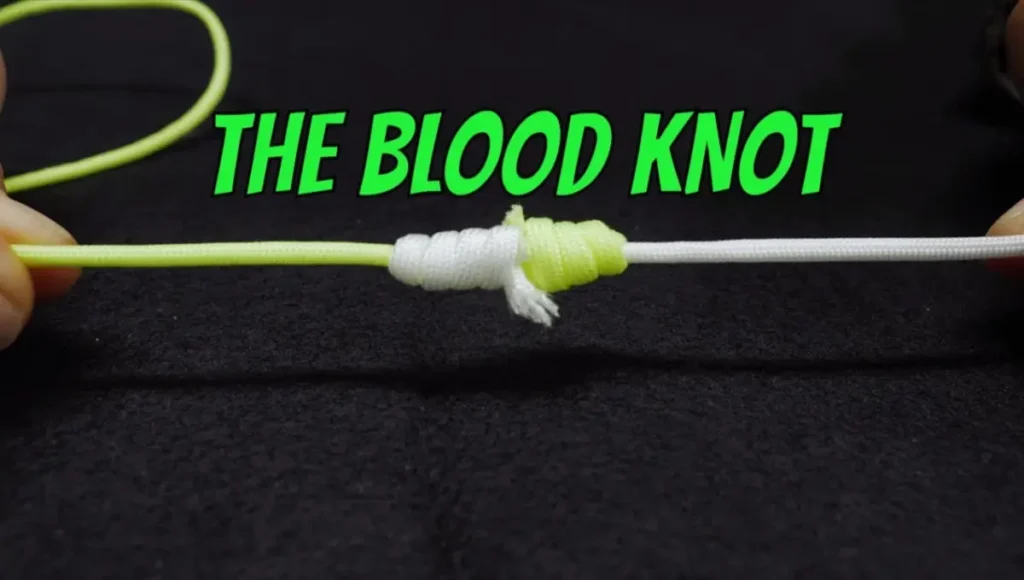
Even though it’s a bit tricky to tie, the Blood Knot is a must-have skill. It’s essential for joining lines with the same diameter, especially for Monofilament Nylon lines. Using alternative knots might significantly weaken the fishing line.
What’s more, the Blood Knot outperforms the Surgeon’s Knot in strength. This makes it the superior option for connecting lines that have similar diameters.
Turle Knot
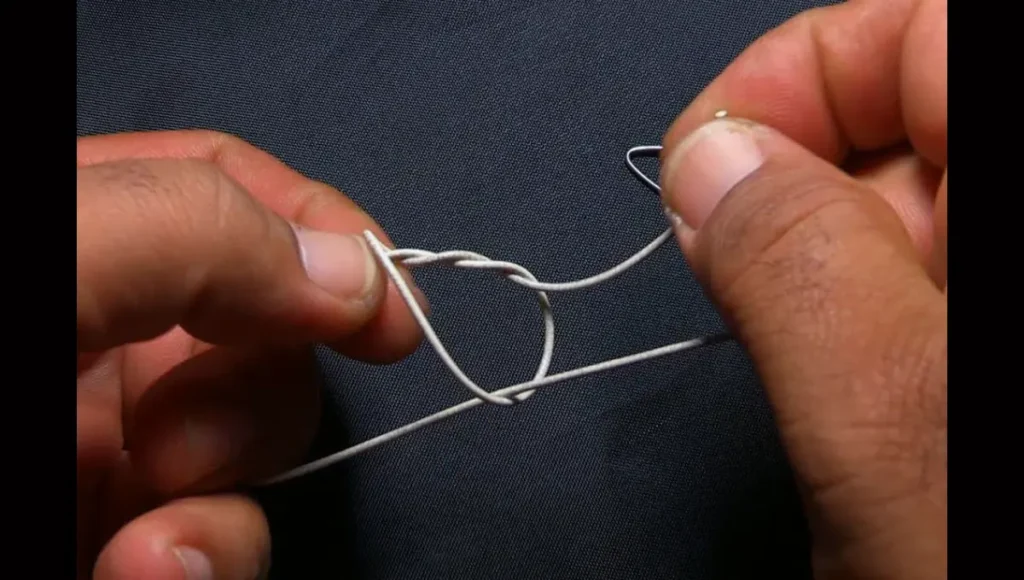
Being the most challenging knot to tie, the Turtle Knot naturally serves a crucial purpose—it excels above all in connecting a hook or fly to a leader.
Turtle Knot – A lightweight knot used to tie a hook onto a bait, usually a worm. It passes the line through the bait and back around itself, embedding the hook point while keeping extra bulk to a minimum. Sets the hook discreetly in the bait.
Frequently Asked Questions
Conclusion
The improved clinch knot, snell knot, Palomar knot, Trilene knot, surgeon’s knot, blood knot, and turtle knot represent an essential collection of tying techniques that will aid any fisher in a wide variety of situations.
Mastering these knots takes practice, but taking the time to learn and perfect their execution will pay great dividends in the long run. Being able to reliably tie strong, functional knots is key to ensuring quality connections between line and lure, line and hook, or line to line.
Any angler who adds these knots to their skills arsenal will be well-equipped to tackle different fishing scenarios with confidence. Remember to practice regularly and refer back to instructions until each knot is committed to memory. Knot tying is a foundational ability for success both on and off the water.
